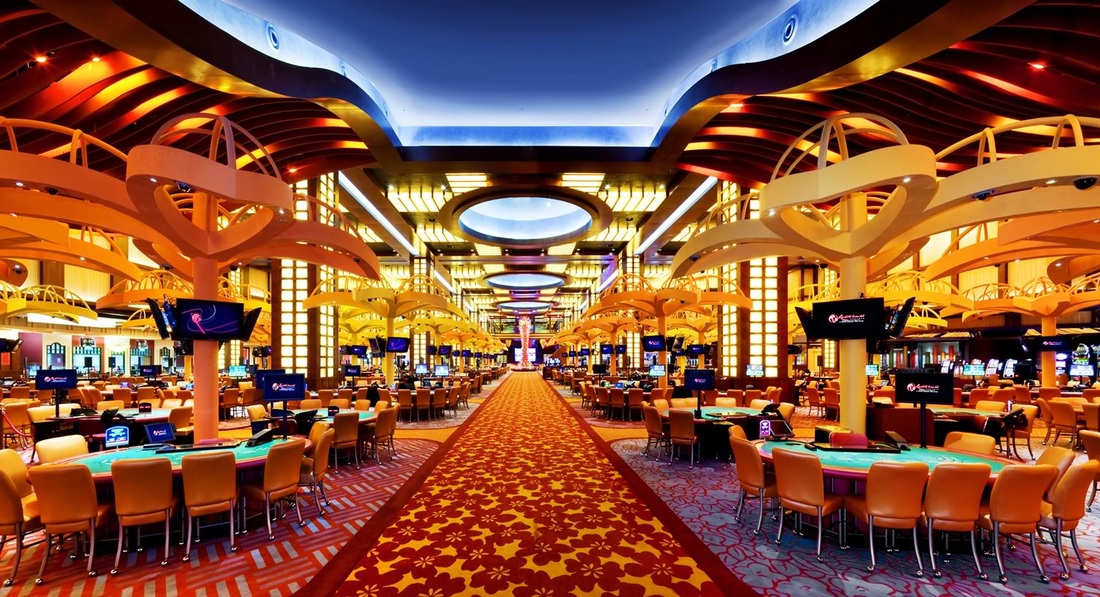
In a vibrant and thrilling world of gaming establishments, wherein fortune and strategy intertwine, color and aesthetic play a pivotal role in attracting gamblers. As soon as players step inside a casino or access a gaming website, they are enveloped in a sightly feast that captures their attention and lures them to discover further. Vivid colors, engaging graphics, and creative layouts are meticulously crafted to create an environment of excitement and expectation, ultimately enhancing the gaming encounter.
As players navigate through the ever-changing landscape of casino games, they encounter a range of designs that not only serve visual purposes but also affect emotions and decision-making. Hues like red and yellow symbolize riches and luck, while calm blues and greens can create a more relaxed environment. Understanding how these elements work together enables casinos to create an inviting and energizing atmosphere that encourages players to engage with the games, invest more time at the tables, and boost their overall enjoyment.
The Study of Hue in Casino Games
Tint plays a critical role in the development of gaming experiences, affecting player emotions and actions. Bright and striking hues, such as scarlet and gold, are often used to stimulate enthusiasm and attract notice. These shades create a feeling urgency and dynamism, encouraging gamblers to involve themselves more eagerly with the activity. By thoughtfully selecting tints, developers aim to evoke emotions of pleasure and excitement, which can enhance the total game experience.
Distinct colors also have psychological meanings that can affect how players perceive their odds of victory. For instance, lime is frequently associated with luck and wealth, making it a popular choice in activities like roulette and poker tables. This association can cause participants to feel more positive and confident in their gameplay, ultimately inspiring them to stake more. Grasping these links allows game designers to craft environments that enhance player enjoyment and loyalty.
Furthermore, the design of gambling game interfaces often employs blended colors and opposing colors to direct players’ actions. King88 For instance, successful combinations may be emphasized with bright, opposing colors, creating a visual reward. This method strengthens successful results and supports repeated participation. By leveraging the science of color, gambling establishments can create games that not only draw players but also hold them engaged and committed in their gaming experience.
Creative Elements that Attract Players
The aesthetic appeal of gambling games is primarily influenced by the use of vibrant colors. Bright and striking colors are strategically chosen to create an appealing atmosphere that captures attention. For instance, crimson and golds often signify good fortune and wealth, which is why they are common in the palettes of slot machines and table surfaces. These colors not only attract players in, but they also evoke emotions associated with excitement and anticipation, enhancing the total gaming experience.
In parallel to color, the design and layout of gambling games play a significant role in player attraction. Games are designed to be intuitive, ensuring that players can easily understand the guidelines and mechanics. User-friendly interfaces, along with captivating graphics and animations, help maintain gamer interest and encourage longer play sessions. The tactile elements, such as the texture of the controls and the audio of the games, also contribute to a comprehensive sensory experience that keeps players engaged.
In conclusion, conceptual elements in game design can greatly influence player choice. Many gambling games are inspired by media, fairy tales, or adventure themes, featuring symbols and characters that resonate with players. These themes create a sense of engagement and connection, making each game feel unique. When players feel a bond to the theme, they are more likely to choose that game over others, leading to increased participation and enthusiasm within the gambling environment.
Case Studies: Effective Gambling Slot Designs
One key example of impressive gambling game design is the acclaimed slot machine series themed around blockbuster movies. https://king88a.org/ Games such as those based on the Wizard of Oz and Game of thrones utilize vibrant colors and high-quality graphics to immerse players in recognizable narratives. The application of dynamic visuals and entertaining sound effects grabs the attention of players, creating an psychological connection to the theme. This strategy not just fosters longer play but also improves the overall gaming experience, leading to increased player retention.
Another notable case is the application of color in table games like 21 and roulette. Casinos often design these games with deep reds and greens, colors traditionally connected with luck and wealth. For instance, the green felt on a 21 table provides a soothing effect, while the crimson accents in roulette invite thrill. This thoughtful use of color helps to create an inviting atmosphere that encourages players to engage, addressing their psychological impulses and increasing their enjoyment.
Finally, social casino games that feature social features and vivid, dynamic designs have achieved remarkable success in engaging players. Games like Zynga Poker and Slotomania leverage bright colors and playful animations to forge an inviting online environment. The addition of leaderboards, community sharing options, and in-app rewards encourages competition and community, attracting players in for longer sessions. Such designs not only make the games visually attractive but also underscore social connectivity, a vital factor in player retention and engagement within digital casino environments.